Home>Technology>Home Entertainment Systems>How Did The Media (Television) Impact The Vietnam War?
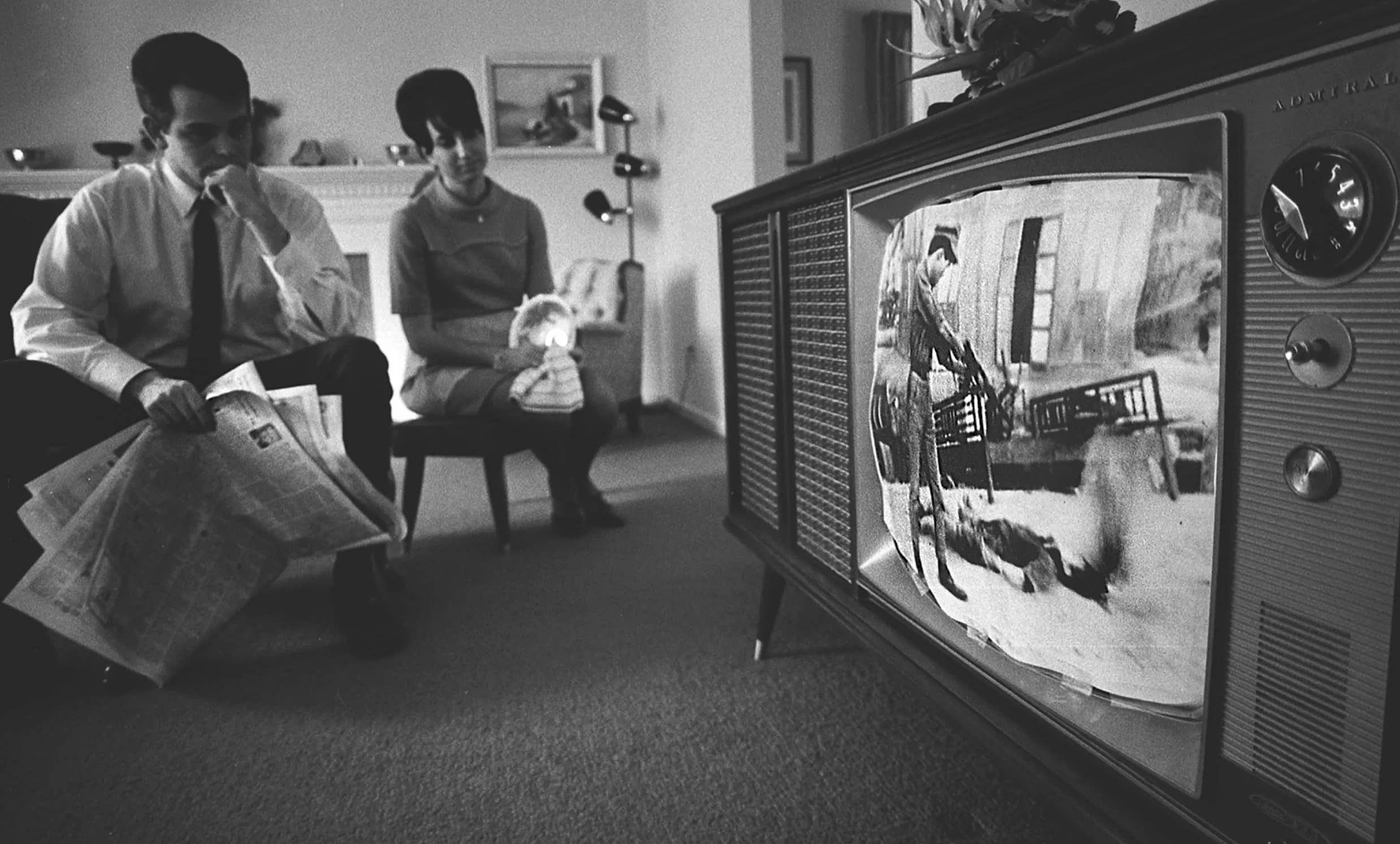

Home Entertainment Systems
How Did The Media (Television) Impact The Vietnam War?
Modified: January 5, 2024
Discover how television shaped the Vietnam War. Explore the significant impact of media in this conflict and its influence on home entertainment systems.
(Many of the links in this article redirect to a specific reviewed product. Your purchase of these products through affiliate links helps to generate commission for Storables.com, at no extra cost. Learn more)
Introduction
The Vietnam War, which lasted from 1955 to 1975, was one of the most significant conflicts of the 20th century. It was a war driven by political ideologies and territorial ambitions, pitting the communist forces of North Vietnam, backed by the Soviet Union and China, against the non-communist South Vietnam, supported by the United States and its allies.
However, what made the Vietnam War truly unique was the role of the media, particularly television, in shaping public opinion and influencing the course of the war. The Vietnam War marked a turning point in the relationship between the media and the government, as it was the first time that television brought the realities of war into the living rooms of millions of Americans.
This article explores the impact of television on the Vietnam War and how the media coverage influenced public perception and the anti-war movement. It delves into the historical background of the war, the emergence of television as a powerful medium, the controversies surrounding media coverage, and the subsequent government intervention and control.
By examining the role of television in the Vietnam War, we can gain valuable insights into the power of media in shaping public opinion, the ethical implications of media coverage during conflicts, and the interplay between the media and government control.
Join us as we delve into the fascinating and complex relationship between television and the Vietnam War, and explore the lasting impact it had on society, the media, and the way we perceive war.
Key Takeaways:
- Television coverage of the Vietnam War revolutionized media’s role in shaping public opinion, fueling the anti-war movement, and challenging government narratives, setting a precedent for transparent and accountable journalism.
- The impact of television on the Vietnam War highlighted the power of media in mobilizing social and political change, emphasizing the need for unbiased reporting, press freedom, and public engagement in shaping the course of conflicts.
Read more: How Did Light Bulb Impact The World
Historical Background of the Vietnam War
The Vietnam War can be traced back to the division of Vietnam into North and South following France’s defeat in the First Indochina War. North Vietnam, led by Ho Chi Minh and the communist Viet Minh, sought to reunify the country under a socialist government, while South Vietnam, backed by the United States and its allies, aimed to preserve its independence and capitalist system.
The conflict escalated in the 1960s as the Viet Cong, a guerrilla force allied with North Vietnam, launched attacks on the South Vietnamese government and US military personnel. The United States, fearing the spread of communism in Southeast Asia and under the policy of containment, significantly increased its military involvement, eventually committing over half a million troops to the war.
The Vietnam War became a highly polarizing and controversial conflict both domestically and internationally. Opposition to the war spread across the globe, with protests and demonstrations demanding the end of US involvement. The war also brought to light the atrocities committed by both sides, further fueling public outrage and raising questions about the morality of the war.
It is within this historical context that the media, particularly television, played a pivotal role in shaping public opinion and influencing the course of the war.
Emergence of Television during the Vietnam War
The Vietnam War coincided with a significant milestone in the world of technology and communication: the emergence of television as a mainstream medium. As television sets became a common fixture in households across America, it provided a powerful platform for the dissemination of news and information.
Television brought the Vietnam War directly into the living rooms of millions of Americans, providing them with a front-row seat to the unfolding conflict. News networks such as CBS, NBC, and ABC dedicated significant airtime to covering the war, with journalists like Walter Cronkite and Morley Safer becoming household names.
The technology of television allowed for real-time coverage of the war, with journalists on the ground capturing images and footage of the fighting, interviews with soldiers and civilians, and the devastating consequences of battle. This visual medium brought the war to life in ways that print media or radio could never achieve.
The emergence of television during the Vietnam War had a profound impact on the American public’s perception of the conflict. For the first time, people could see the grim reality of war without censorship or propaganda. The visceral images of wounded soldiers, destroyed villages, and civilian casualties brought the human cost of the war directly into people’s homes.
Furthermore, television coverage allowed for more immediate and emotional storytelling. Through interviews with soldiers and their families, the struggles and sacrifices of those involved in the war became deeply personal and relatable. Viewers could empathize with the soldiers on the ground, leading to a stronger emotional connection and investment in the outcome of the war.
As television coverage of the war expanded, so did the public’s appetite for information. People tuned in nightly to see the latest updates on the conflict, creating a sense of urgency and importance around the war. The power of television to captivate and engage viewers made it a pivotal tool in shaping public opinion and influencing the course of the war.
In the next section, we will explore the impact of television as a powerful medium in shaping public opinion during the Vietnam War.
Media Coverage of the Vietnam War
The media coverage of the Vietnam War was unprecedented in its scale and impact. Television, in particular, played a crucial role in shaping public perception of the conflict. News broadcasts showcased the realities of war, bringing the intensity, devastation, and human suffering directly into people’s homes.
Journalists braved the dangers of the war zone to capture footage and report on the ground. They embedded themselves with military units, witnessing the daily struggles of soldiers and the horrors of battle. This firsthand reporting provided viewers with a raw and unfiltered perspective of the war.
The media coverage focused on various aspects of the war, ranging from combat footage and interviews with soldiers to stories of civilian casualties and protests against the war. The graphic nature of the coverage shocked and disturbed many viewers, challenging their perception of the conflict.
Television also played a significant role in raising awareness of the anti-war movement. News footage captured the powerful imagery of protests, marches, and civil unrest both in the United States and around the world. This coverage not only amplified the voices of the anti-war movement but also fueled public opposition to U.S. involvement in Vietnam.
One of the most influential journalistic reports during the Vietnam War was Walter Cronkite’s broadcast in 1968. After visiting Vietnam and witnessing the war firsthand, Cronkite delivered a rare editorial opinion where he expressed his doubts about the U.S. government’s chances of achieving victory. His words had a profound impact, leading President Lyndon B. Johnson to reportedly say, “If I’ve lost Cronkite, I’ve lost middle America.”
The media coverage of the Vietnam War ignited debates and discussions across the nation. The graphic images and stories brought the realities of war into the homes of everyday Americans and challenged their perception of the conflict. It unmasked the human cost of war, the flaws in the military strategy, and the ethical dilemmas associated with U.S. involvement.
However, media coverage of the war was not without controversy. Critics argued that the media’s graphic portrayal of the conflict exacerbated public disillusionment, weakened morale among troops, and ultimately hindered the U.S. military’s ability to effectively prosecute the war. They accused the media of sensationalism and biased reporting, claiming that certain events were misrepresented or deliberately withheld to fit a particular narrative.
In response to these criticisms, the U.S. government imposed restrictions on media access to the war zone. The military sought to control the flow of information, implementing policies and guidelines to limit the media’s ability to report independently. This government intervention raised concerns about censorship and infringements on press freedom.
The impact of media coverage during the Vietnam War cannot be overstated. It played a vital role in shaping public opinion, fueling anti-war sentiments, and contributing to the growing opposition to U.S. involvement in Vietnam. The images and stories transmitted through television compelled individuals to question the justifications for war and hold their government accountable.
Next, we will explore in detail the impact of television as a powerful medium in shaping public opinion during the Vietnam War.
Television as a Powerful Medium in Shaping Public Opinion
Television emerged as a powerful medium during the Vietnam War, effectively shaping public opinion and influencing the course of the conflict. The visual nature of television brought the realities of war directly into people’s living rooms, creating a profound and lasting impact.
One of the key advantages of television was its ability to capture and convey the emotions of war. Viewers were exposed to the intense emotions of soldiers, the anguish of civilians, and the human suffering caused by the conflict. This emotional connection fostered empathy and led to a deeper understanding of the consequences of war.
Television coverage also played a crucial role in reframing the narrative around the war. Up until that point, media outlets had largely supported the government’s official stance on the conflict. However, television brought forth a multitude of perspectives and alternative viewpoints that challenged the official narrative.
By showcasing the brutal realities of war, television coverage fostered a sense of skepticism and critical thinking among the public. It exposed the discrepancies between the government’s portrayal of progress in the war and the actual on-the-ground realities. This discrepancy eroded trust in official statements and increased public disillusionment.
Television also played a crucial role in shaping the anti-war movement. The vivid images of protests, marches, and civil unrest that were broadcasted to millions of households galvanized opposition to the war. It united people from all walks of life, leading to widespread calls for peace and the withdrawal of troops from Vietnam.
The power of television in shaping public opinion was perhaps best exemplified by Walter Cronkite’s famous editorial on the Vietnam War. As one of the most trusted news anchors of that time, Cronkite’s skepticism and doubt about the war had a profound impact on the American public. His words resonated with many viewers and solidified the growing sentiment against continued U.S. involvement in Vietnam.
Television’s ability to provide immediate and visual coverage also made it a potent tool for capturing the attention of the public. The dramatic and graphic nature of war footage ensured that the Vietnam War remained at the forefront of people’s minds, prompting discussions and debates in households, workplaces, and across the country.
However, the power of television in shaping public opinion during the Vietnam War also came with its fair share of controversies and criticisms. Critics argued that the media’s emphasis on graphic and sensationalist coverage distorted the reality of the war and undermined public support for the troops.
Nevertheless, the impact of television during the Vietnam War ushered in a new era of media influence. It highlighted the responsibility of journalists to provide accurate and objective coverage, while also challenging the role of the government in controlling the flow of information. The events of the Vietnam War laid the foundation for a more critical and engaged media landscape in the years to come.
In the next section, we will delve into the criticisms and controversies surrounding media coverage during the Vietnam War.
The media, particularly television, played a significant role in shaping public opinion and perception of the Vietnam War. It brought the harsh realities of the war into people’s living rooms, leading to increased anti-war sentiment and ultimately influencing government policy.
Read more: How Did The Seed Drill Impact Society
The Impact of Television on the Vietnam War
The impact of television on the Vietnam War cannot be overstated. Television coverage brought the realities of the war directly into the homes of millions of viewers, shaping public opinion, influencing government policies, and fueling the anti-war movement.
First and foremost, television humanized the war. For the first time, viewers could witness the pain, suffering, and sacrifices of soldiers and civilians on their screens. The graphic images and footage of wounded soldiers, destroyed villages, and grieving families struck a deep emotional chord with the audience.
Television coverage exposed the horrors and brutality of war in a way that no other medium had done before. The visceral and intense nature of the images conveyed the true costs of the conflict, challenging the perception of war propagated by the government and prompting a reevaluation of U.S. involvement in Vietnam.
Furthermore, television had a profound impact on public perception of the war. The coverage highlighted the discrepancies between the government’s optimistic statements about progress in the war and the stark realities experienced on the ground. This led to a growing skepticism among the public, eroding trust in official narratives and increasing disillusionment with the war.
Television also played a significant role in mobilizing the anti-war movement. The vivid images of protests, demonstrations, and civil unrest broadcasted to millions of households fueled opposition to the war and galvanized activists across the country. The anti-war movement gained momentum as more and more Americans saw the war’s devastating effects through their television screens.
Walter Cronkite’s famous editorial on the war further exemplified the impact of television. As a trusted and respected news anchor, Cronkite’s skeptical assessment of the war’s prospects had a profound impact on public opinion. His declaration that the war was unwinnable bolstered the anti-war sentiment and helped shift public opinion against continued U.S. involvement.
Television also played a crucial role in shaping government policies. As public opposition to the war intensified, political leaders couldn’t ignore the groundswell of anti-war sentiment. The pressure to bring an end to the conflict, partly driven by the powerful imagery broadcasted on television, influenced the decision-making process and ultimately led to the withdrawal of American troops from Vietnam.
However, the impact of television on the war was not without criticism. Some argued that the graphic and sensationalistic nature of the coverage undermined American morale, weakened support for the troops, and hindered the military’s ability to win the war. These criticisms raised questions about the ethical and responsible use of television as a medium during times of conflict.
Nevertheless, the impact of television on the Vietnam War forever altered the relationship between the media, the government, and the public. It showcased the power of media in shaping public opinion, eliciting sociopolitical change, and holding those in power accountable.
In the next section, we will explore the criticisms and controversies surrounding media coverage during the Vietnam War.
Criticisms and Controversies Surrounding Media Coverage
The media coverage of the Vietnam War was not without its share of controversies and criticisms. While television brought the realities of war to the forefront, it faced backlash for its graphic and sometimes sensationalistic portrayal of the conflict.
One of the main criticisms was that television coverage focused too heavily on the negative aspects of the war, neglecting to highlight the successes and achievements of the U.S. military. Critics argued that this skewed perception undermined public support for the troops and hindered the military’s ability to effectively prosecute the war.
Some military officials accused the media of broadcasting inaccurate or exaggerated reports. They argued that journalists, driven by the desire for sensationalism and high ratings, prioritized shocking images and stories over balanced and objective reporting. This criticism resonated with a portion of the American public who distrusted the media’s portrayal of the war.
Another criticism levied against the media was the alleged biased reporting. Some accused television networks of having political agendas and intentionally framing the coverage to promote an anti-war narrative. Critics argued that this biased reporting eroded the credibility of the media and undermined public trust in the institutions responsible for informing them.
There were also concerns about the impact of graphic images on viewers, particularly children. Critics argued that the explicit violence and disturbing footage shown on television were not suitable for young audiences. This prompted questions about the ethical responsibility of the media in portraying war to the public and the need for age-appropriate content.
Additionally, the media’s close association and interaction with the military during the war raised concerns about the potential for censorship or self-censorship. Some argued that journalists embedded with military units could become susceptible to biases and influenced by the military’s perspective, compromising the objectivity of their reporting.
The controversies surrounding media coverage prompted calls for stricter regulations and guidelines to ensure responsible reporting during times of conflict. While critics acknowledged the importance of a free press, they also emphasized the need for accountability and accuracy in journalistic practices.
It is worth noting that despite the criticisms and controversies, the media coverage of the Vietnam War marked a significant shift in transparency and the role of the media in shaping public opinion. It heightened public awareness of the realities of war, sparked discussions on government accountability, and influenced public sentiment against the continued U.S. involvement in Vietnam.
In the next section, we will explore the government’s intervention and control of television coverage during the Vietnam War.
Government Intervention and Control of Television Coverage
During the Vietnam War, the U.S. government sought to exert control over television coverage to shape public perception and maintain a narrative that aligned with its objectives. The government’s intervention and attempts to control the media’s portrayal of the war raised concerns about censorship, press freedom, and the role of the media in a democratic society.
One tactic employed by the government was the implementation of press restrictions. Journalists were often subject to strict reporting guidelines and limited access to combat zones. Press pools, where a limited number of journalists would cover events and then share their reports, were established, effectively controlling the flow of information to the public.
Press restrictions were justified by the military as necessary for operational security and to protect the lives of soldiers. However, critics argued that these measures hindered journalists’ ability to report independently and ultimately shaped the narrative in favor of the government’s perspective.
Additionally, the government exerted influence through the use of propaganda. Press conferences, official statements, and government-produced newsreels were used to disseminate information in a controlled and favorable manner. The government aimed to shape public opinion and maintain support for the war effort by presenting a positive and optimistic portrayal of progress in the conflict.
There were instances of direct intervention from government officials in editing or censoring television coverage. Reports that were deemed too critical or revealing were often suppressed, while those that aligned with the government’s narrative were allowed to air. This selective control over information raised concerns about the media’s ability to operate independently and objectively.
One notable example of government intervention was the Tet Offensive in 1968. Despite the widespread and intense fighting, the government attempted to downplay the significance and impact of the offensive. However, television coverage showed the reality of the situation, contradicting the official statements and exposing the gap between government rhetoric and the facts on the ground.
The government’s efforts to control television coverage sparked public debate and raised questions about the role of the media in a democratic society. Critics argued that government control over information hindered transparency, limited public access to crucial insights, and undermined the public’s ability to hold the government accountable.
Journalists and media organizations pushed back against government intervention, advocating for press freedom and the importance of an independent media. Some journalists took considerable risks to report the truth, often facing backlash and censorship from authorities.
The controversies surrounding government intervention and control of television coverage during the Vietnam War fueled calls for greater media transparency, accountability, and the protection of press freedom. They highlighted the crucial role of the media in providing unbiased information and holding power accountable.
In the next section, we will explore how television coverage of the Vietnam War contributed to changing public perception and the emergence of the anti-war movement.
Changing Public Perception and Anti-War Movement
Television coverage of the Vietnam War played a pivotal role in changing public perception and fueling the anti-war movement. The graphic imagery, emotional storytelling, and critical reporting highlighted the realities of the conflict and challenged the official narrative, leading to a shift in public opinion.
The vivid images of violence, destruction, and human suffering broadcasted on television brought the horrors of war directly into people’s living rooms. Unlike previous wars, the Vietnam War was the first to be extensively televised, allowing the American public to witness the brutality and devastation on a new scale. The impact of these visuals was profound, deeply altering public perception of the conflict.
Television coverage shattered the illusion of a quick, easy victory and exposed the stark realities of the war. The images of young soldiers returning home in body bags, children running from napalm attacks, and villagers mourning the loss of their homes and loved ones evoked a strong emotional response from viewers.
The coverage also raised questions about the ethical implications of U.S. involvement in Vietnam. As the war dragged on, with no clear end in sight, viewers began to question the justifications for the conflict and whether it was worth the human cost. The powerful storytelling and personal narratives showcased on television humanized the war, fostering empathy and a sense of shared responsibility.
Furthermore, television coverage played a significant role in fueling the anti-war movement. The images of protests, marches, and civil unrest broadcasted to millions of households united individuals from all walks of life in their opposition to the war. The coverage amplified the voices of activists, turning public sentiment against continued U.S. involvement in Vietnam.
Walter Cronkite, known as “the most trusted man in America,” played a pivotal role in shaping public opinion. His editorial expressing doubt about the war’s prospects had a powerful impact on viewers. Many saw his skepticism as a reflection of their own concerns and doubts, solidifying opposition to the war.
Television coverage of the war also had a global impact. News footage of protests and demonstrations spread worldwide, fueling international opposition to the war. The anti-war sentiment in the United States resonated with citizens from other nations, leading to a global movement against U.S. involvement in Vietnam.
The changing public perception and the anti-war movement had political consequences. As public opposition to the war grew, political leaders faced increasing pressure to bring an end to U.S. involvement. The anti-war sentiment influenced the decision-making process, leading to the eventual withdrawal of American troops from Vietnam.
Television coverage of the Vietnam War marked a turning point in the relationship between the media, the government, and the public. It showcased the power of journalism in shaping public opinion, holding power accountable, and fostering social change. The impact of television coverage of the Vietnam War continues to resonate, emphasizing the crucial role of the media in providing unbiased and critical information to the public.
In the concluding section, we will reflect on the lasting impact of television coverage and its implications for future conflicts and media practices.
Read more: How Did Air Conditioning Impact Society
Conclusion
The Vietnam War was a watershed moment in the relationship between media, government, and public opinion. The emergence of television as a powerful medium brought the realities of war into the living rooms of millions of Americans, shaping public perception, fueling the anti-war movement, and prompting critical discussions about the role of media in society.
Television coverage of the Vietnam War had a profound impact on public perception. The graphic and emotional imagery of the conflict challenged the government’s narratives and exposed the true human cost of war. These visuals shattered the illusion of propaganda and propaganda, fostering skepticism and critical thinking among the public.
Furthermore, television coverage played a crucial role in galvanizing the anti-war movement. The vivid images of protests, marches, and civil unrest propelled opposition to the war to new heights, uniting individuals from all walks of life in their demand for peace. The power of television to amplify voices and mobilize the masses was evident in the significant role it played in shaping political decisions regarding U.S. involvement in Vietnam.
Criticisms and controversies surrounded media coverage during the Vietnam War. Accusations of biased reporting, sensationalism, and government intervention raised important questions about the ethics and responsibility of the media. These discussions sparked calls for greater transparency, accountability, and protection of press freedom, shaping the media landscape in the years to come.
Television coverage of the Vietnam War forever altered the way conflicts are covered and perceived. It showcased the power of media in shaping public opinion, exposing government falsehoods, and mobilizing social and political change. The impact of television coverage during the Vietnam War continues to resonate, reminding us of the responsibility of journalists and the importance of an informed and critically engaged public.
As we reflect on the Vietnam War and its media coverage, it is crucial to recognize the enduring lessons learned. The transparency and accountability brought by television coverage challenged the notion that war could be waged without public scrutiny. It underscored the need for a free and independent media to act as a check on government power and to provide the public with unbiased and accurate information.
As technology and media continue to evolve, the lessons from the Vietnam War can guide us in navigating future conflicts and media practices. It is imperative to uphold the principles of accurate reporting, responsible journalism, and the protection of press freedom. The Vietnam War serves as a reminder that the media has the power to shape public opinion, influence policy decisions, and ultimately fuel societal change in the pursuit of a more just and peaceful world.
Frequently Asked Questions about How Did The Media (Television) Impact The Vietnam War?
Was this page helpful?
At Storables.com, we guarantee accurate and reliable information. Our content, validated by Expert Board Contributors, is crafted following stringent Editorial Policies. We're committed to providing you with well-researched, expert-backed insights for all your informational needs.


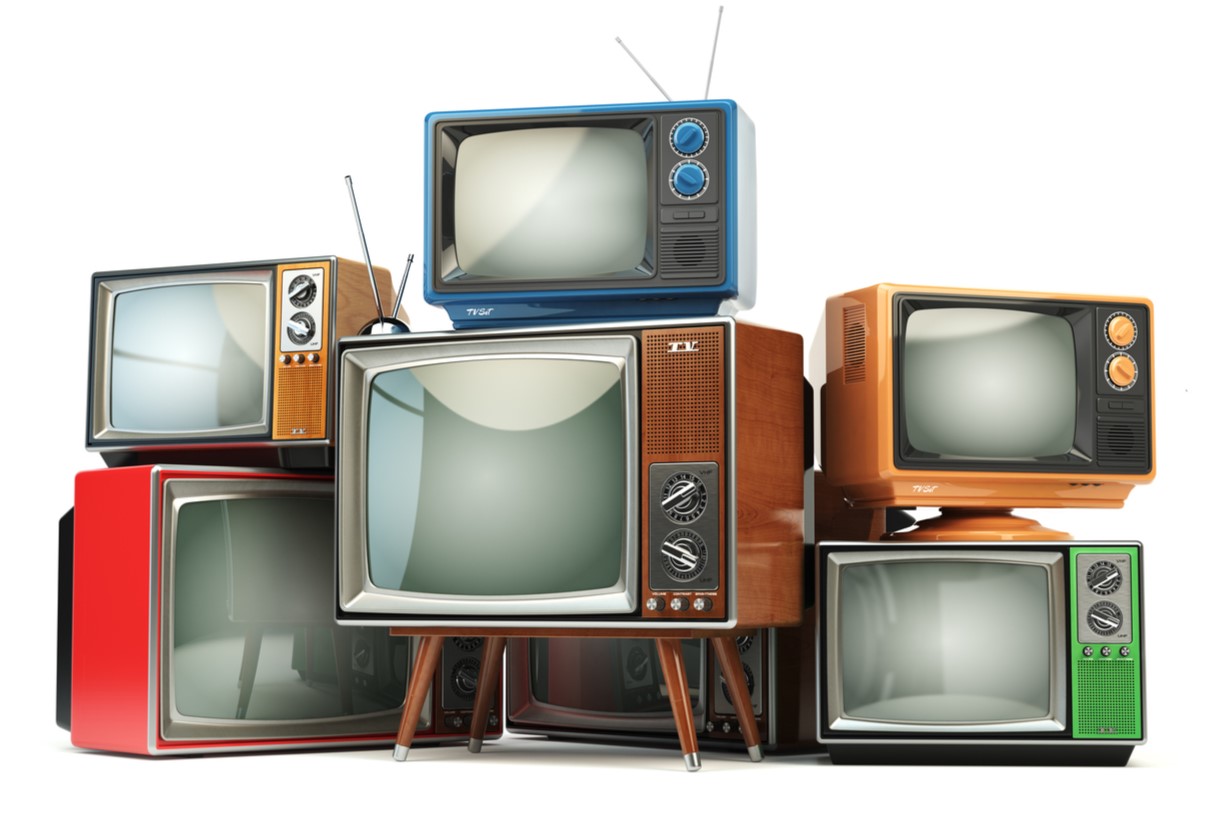

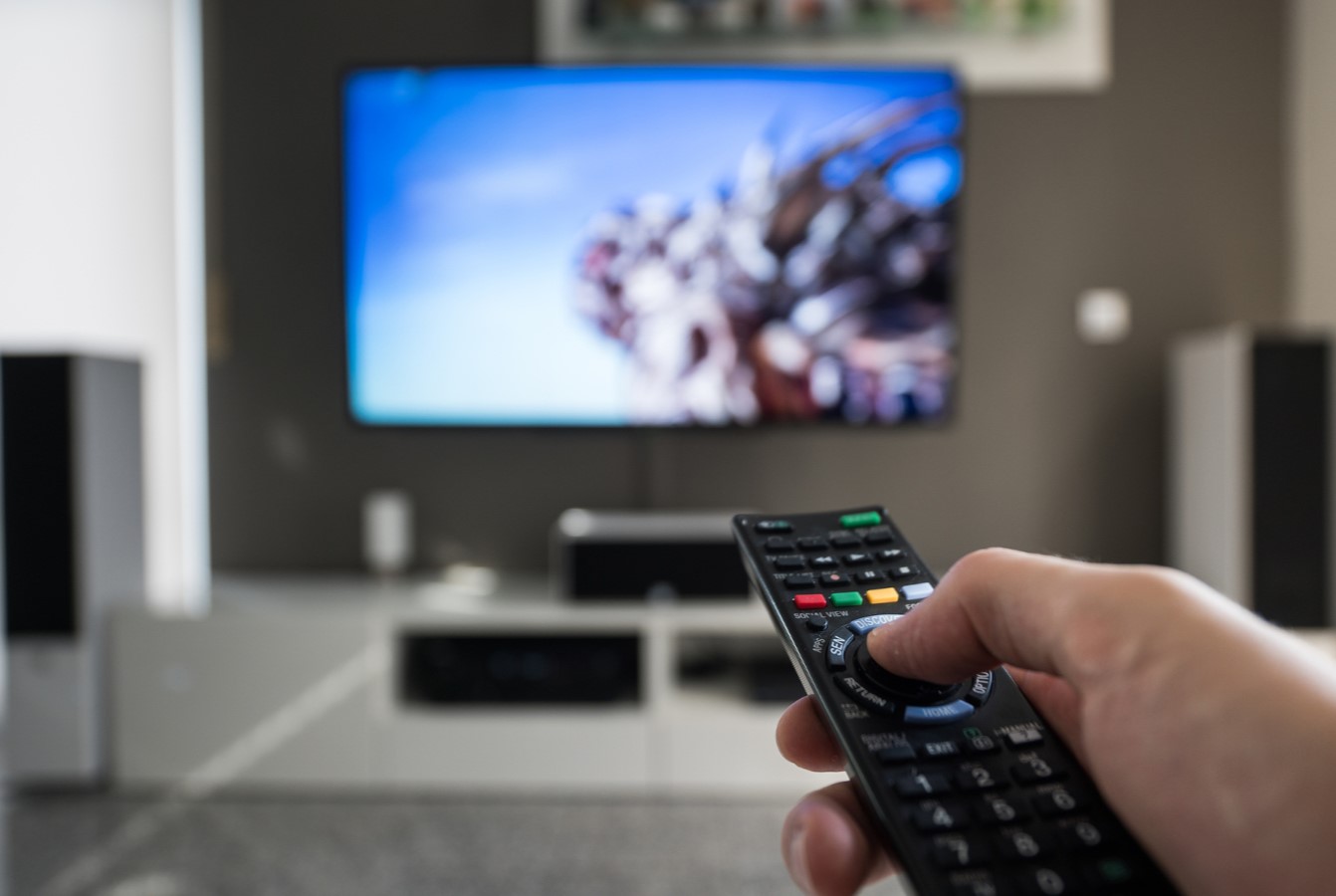
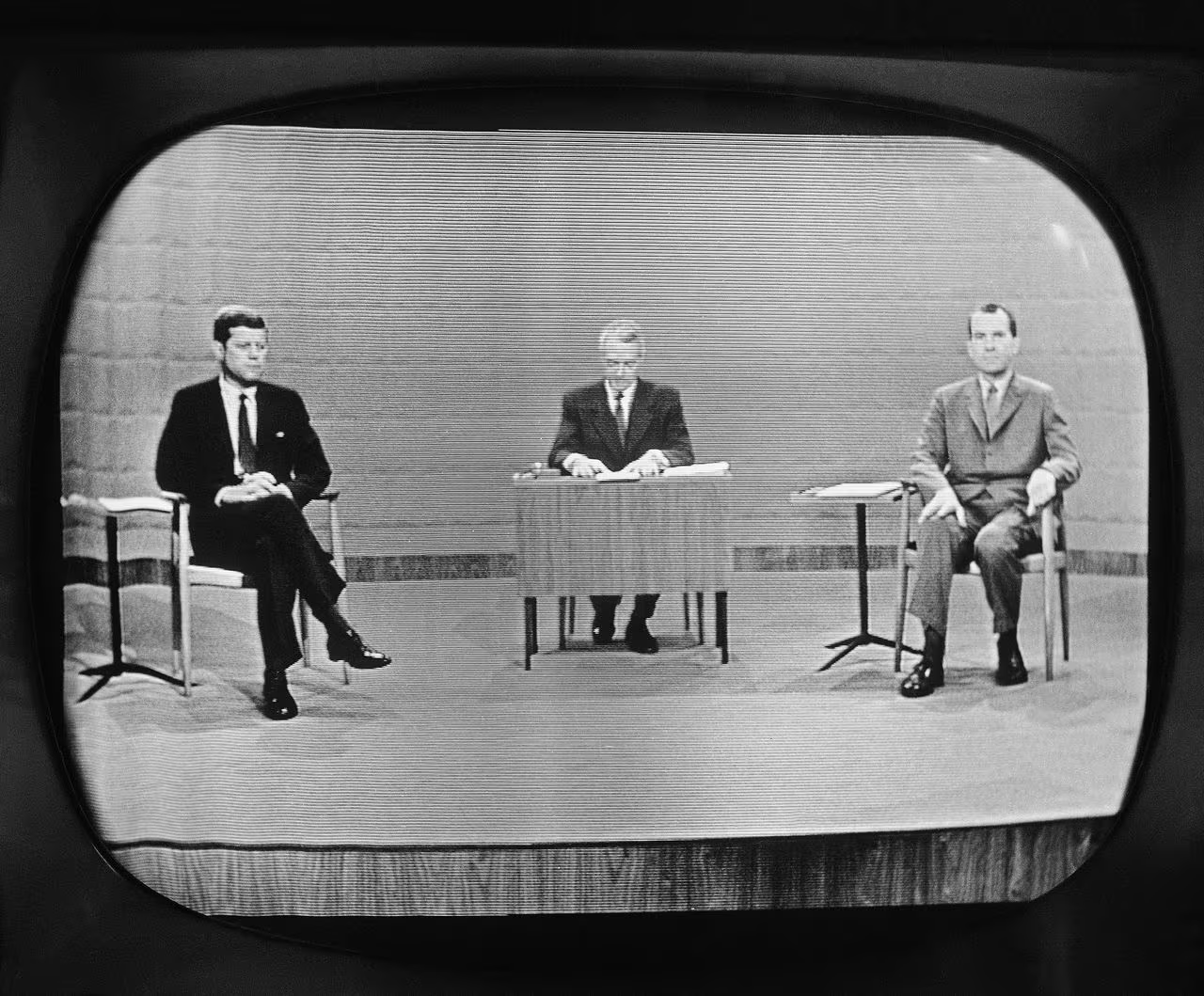

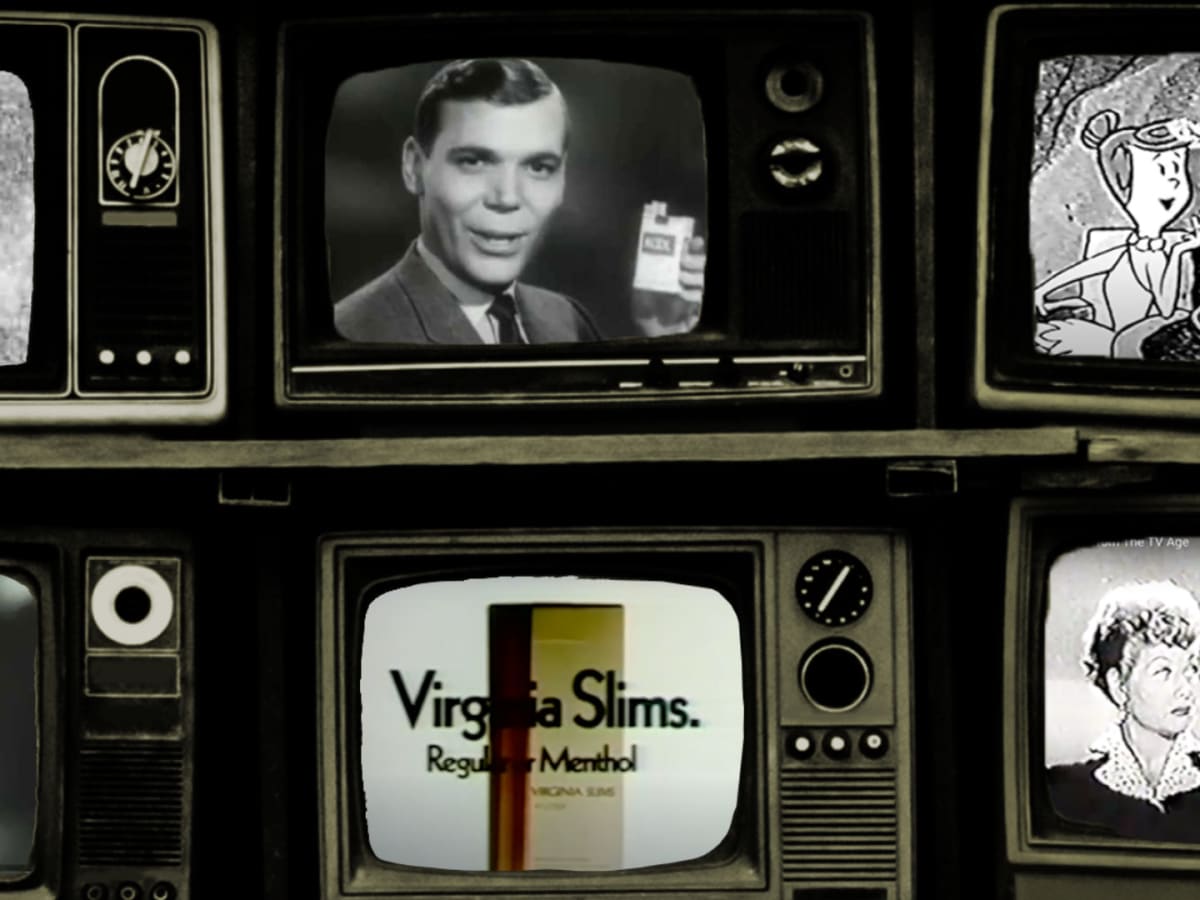
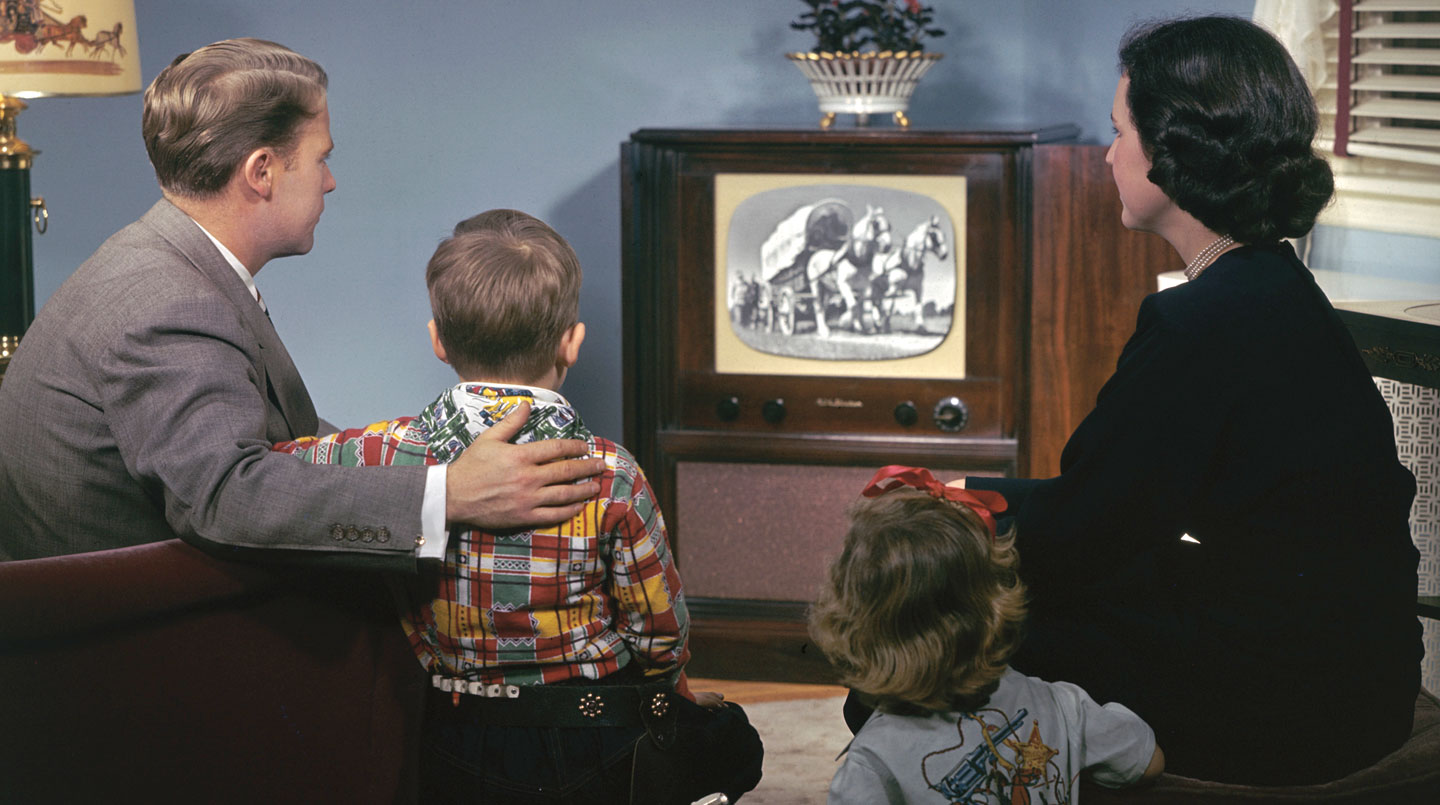
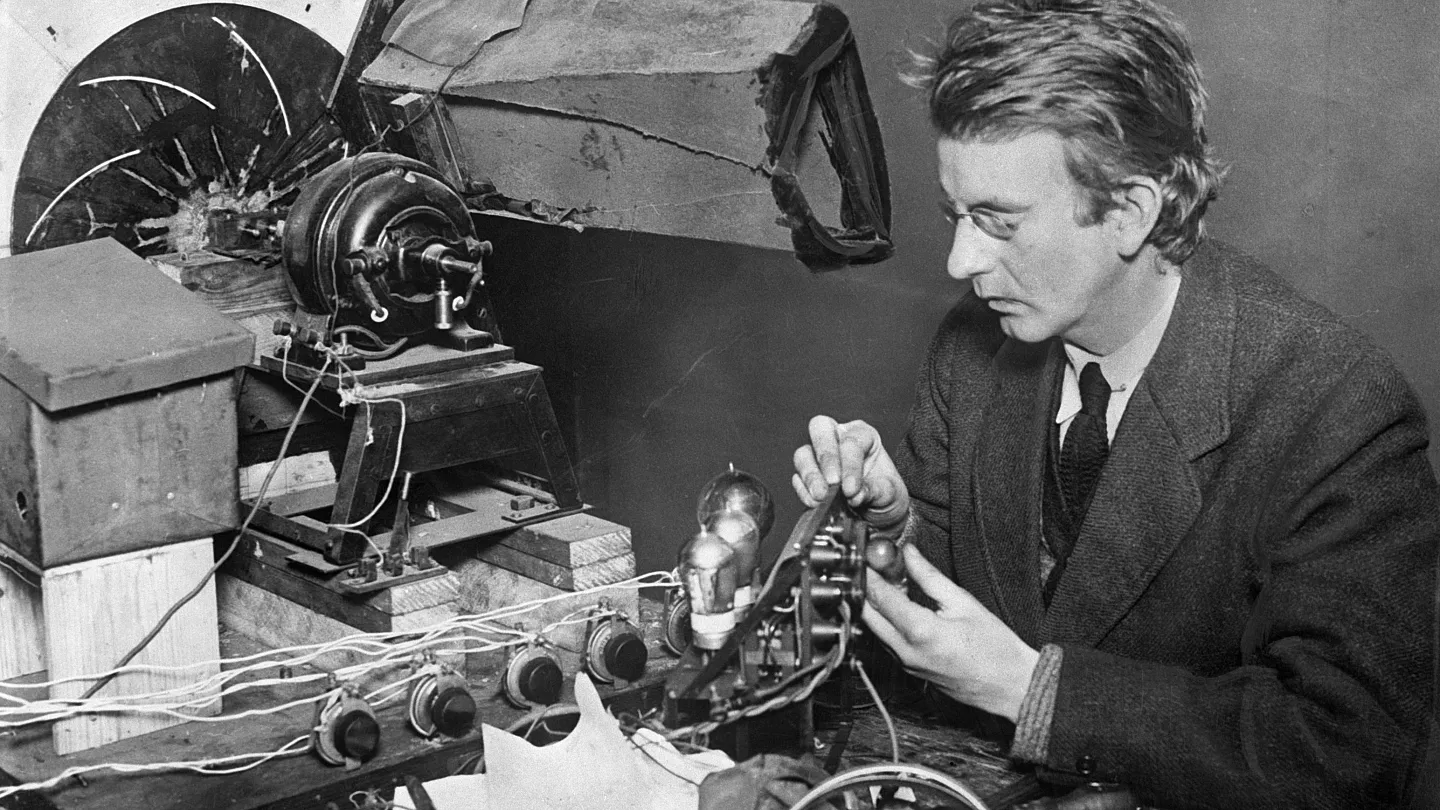
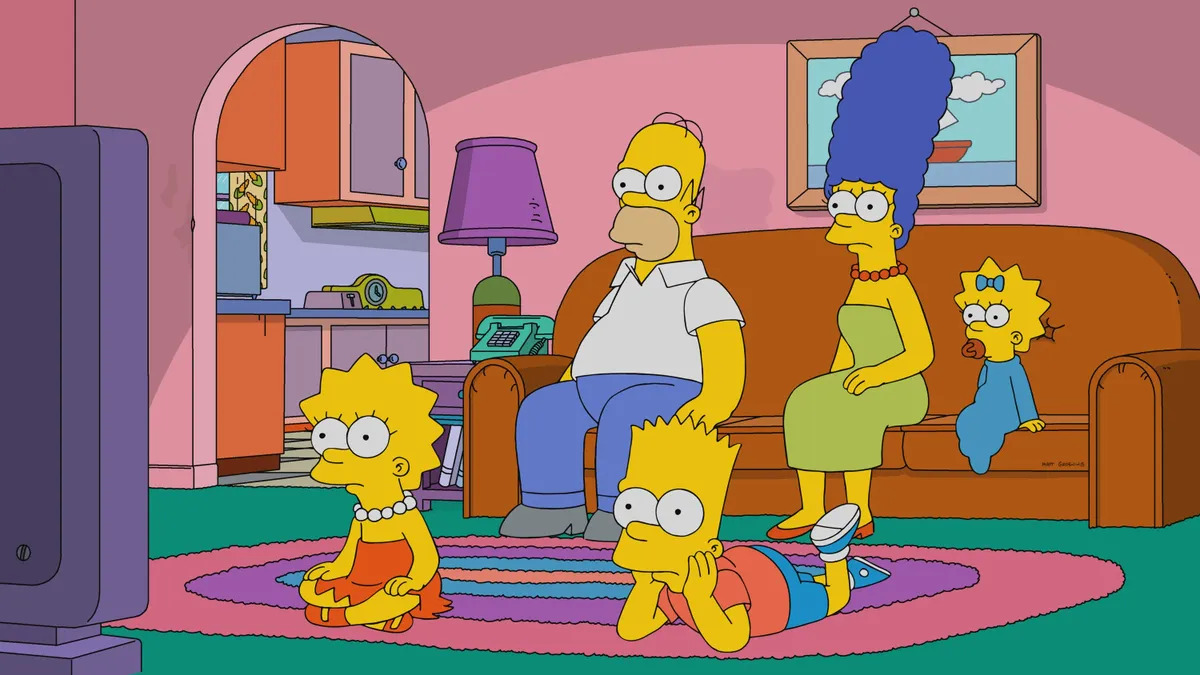
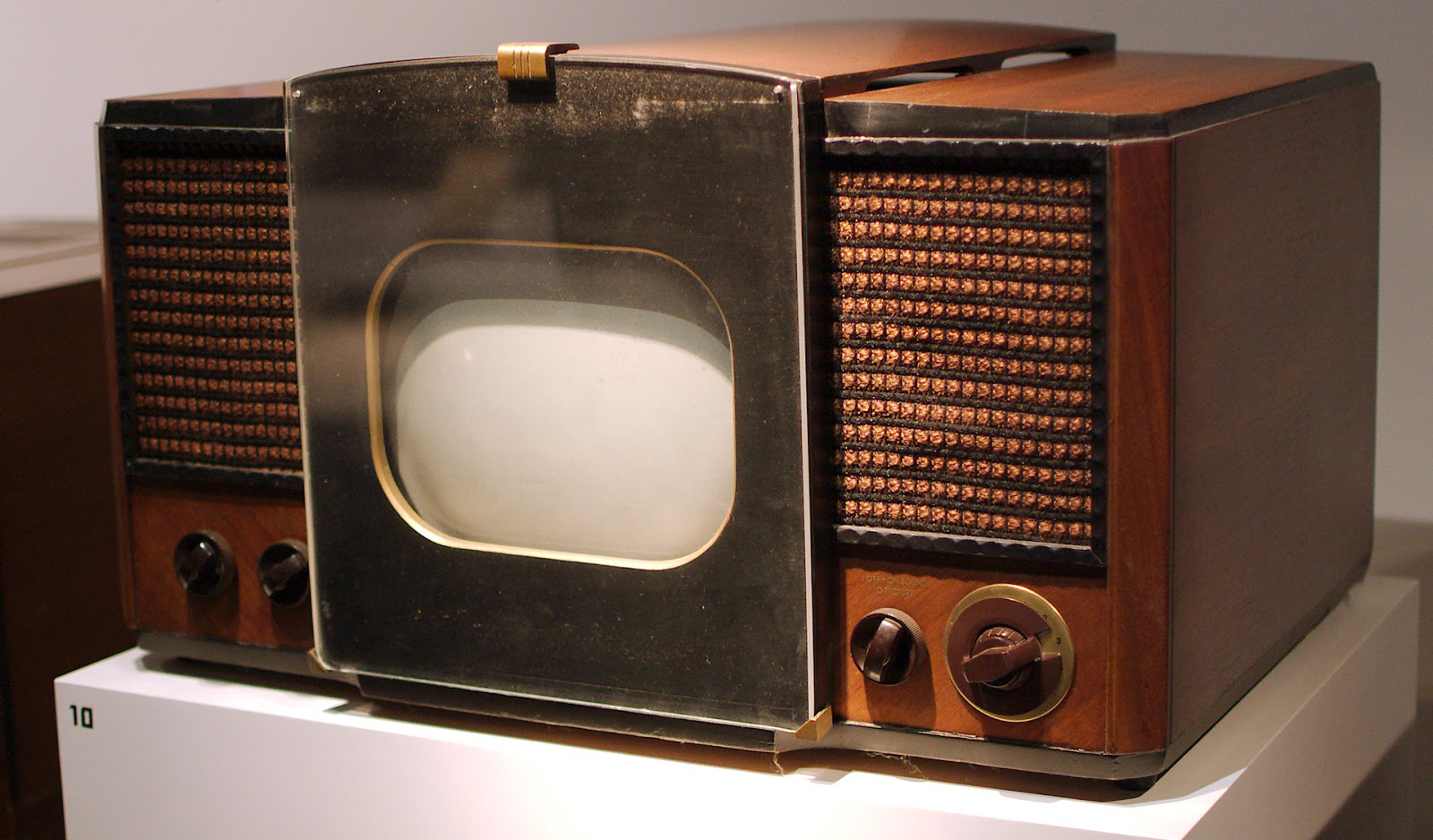
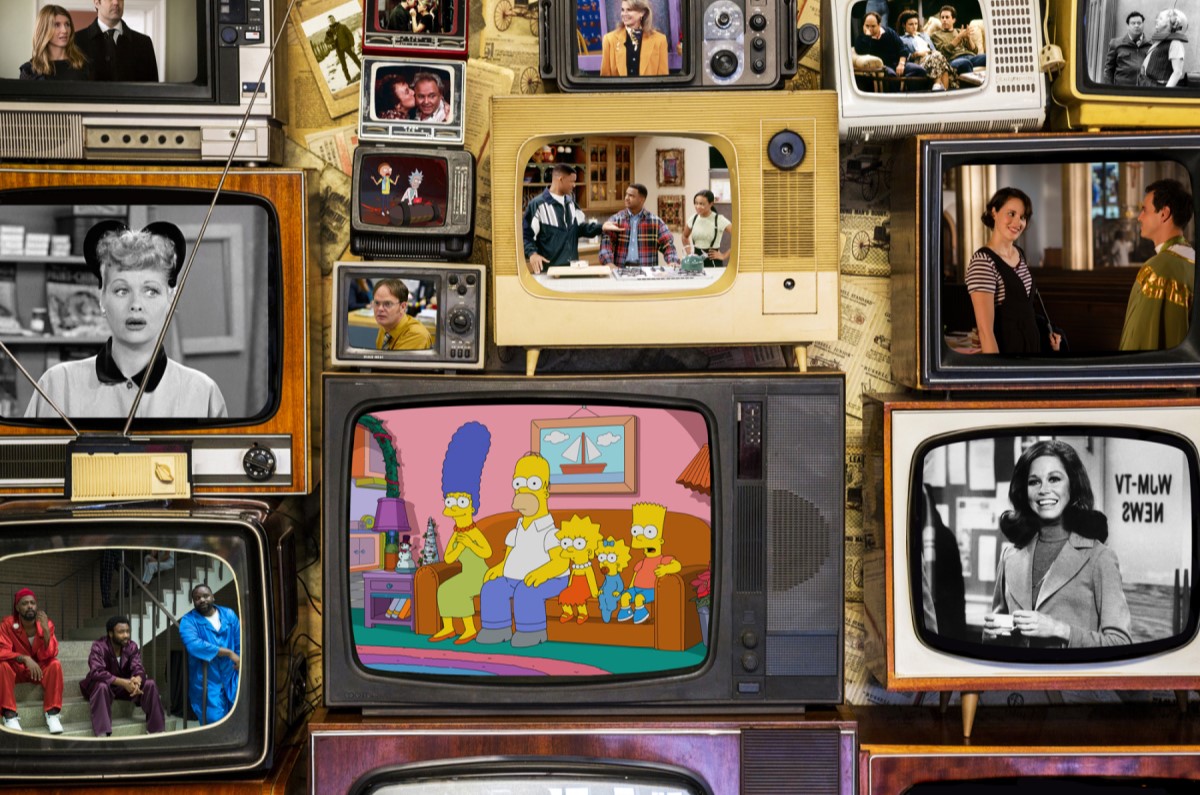

0 thoughts on “How Did The Media (Television) Impact The Vietnam War?”